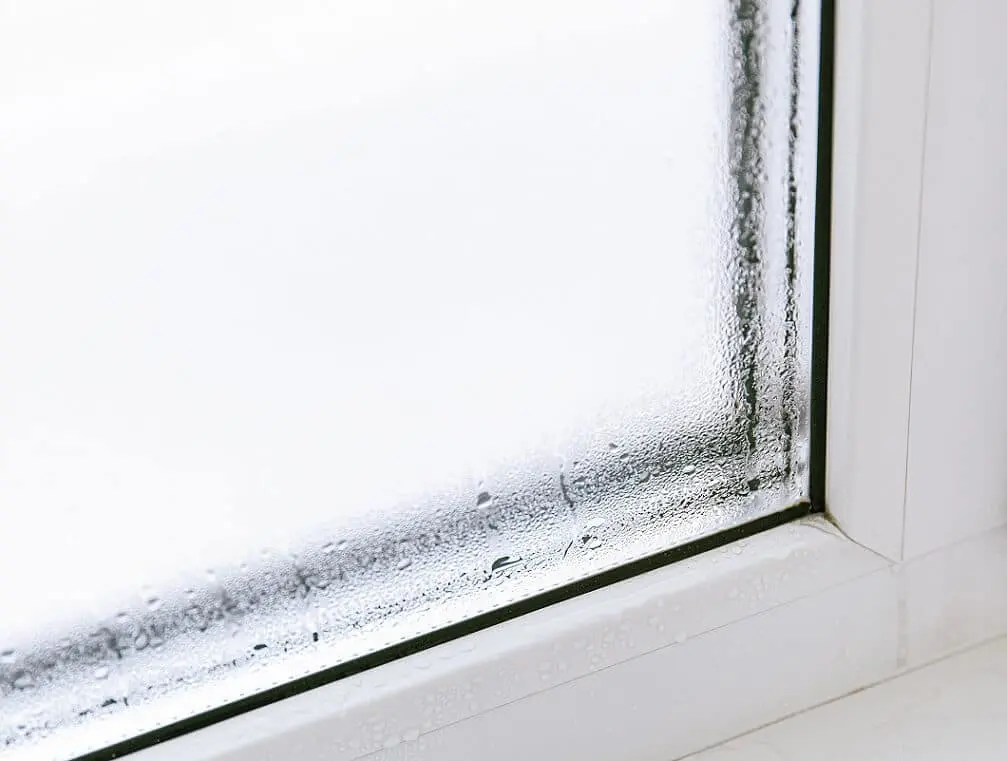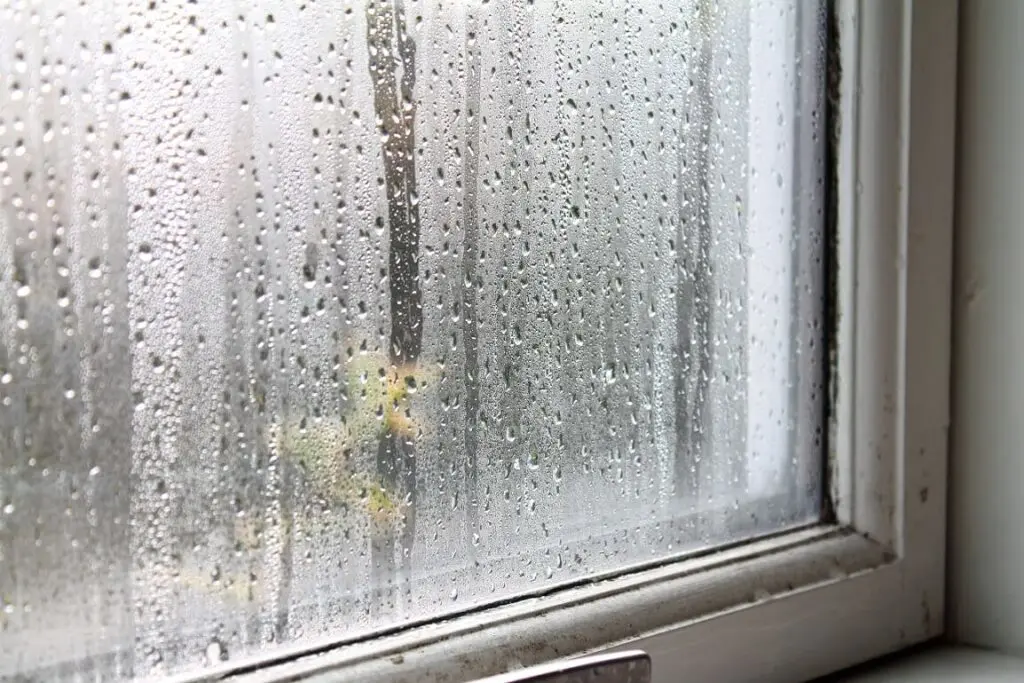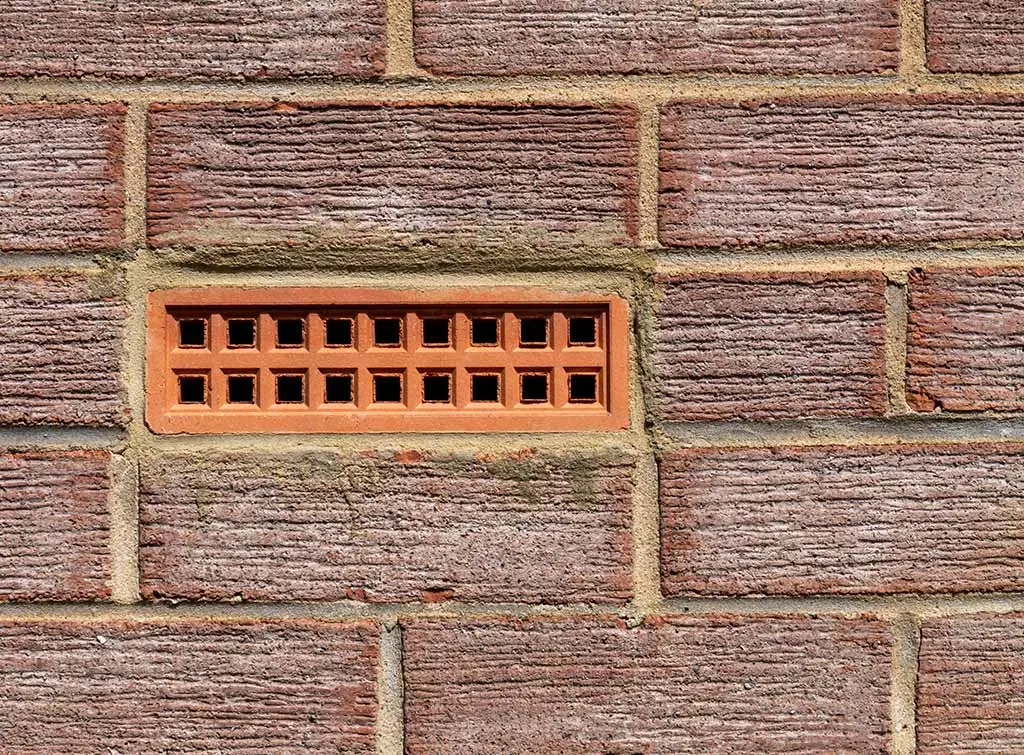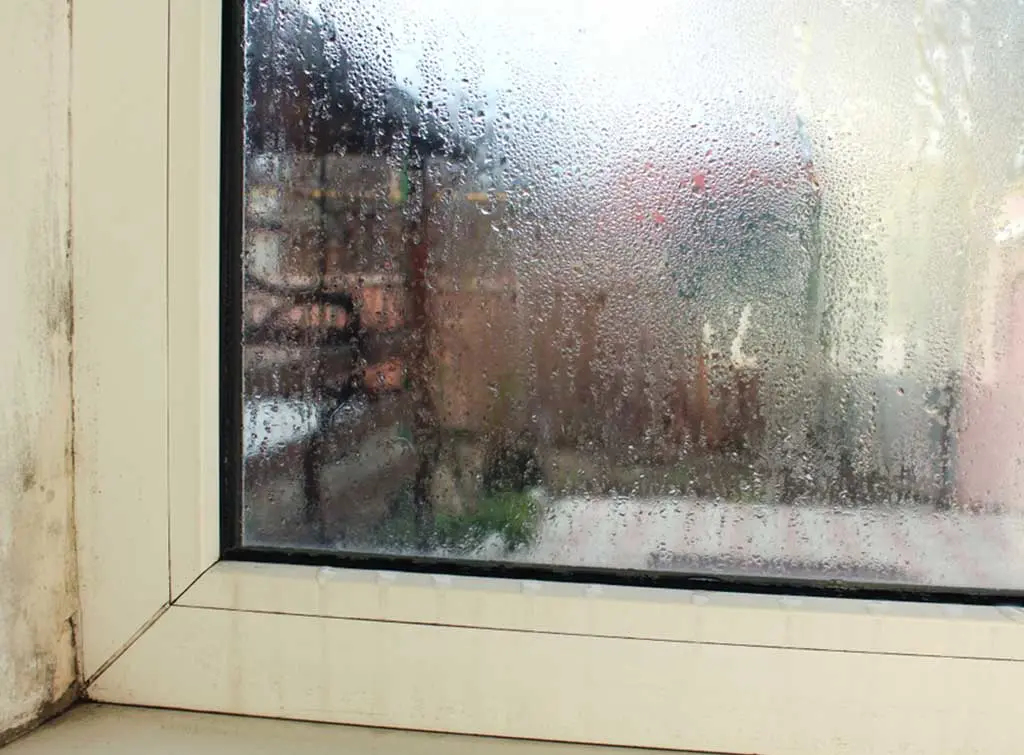Blog>Expert Advice>How to stop condensation on windows: expert tips and solutions
Last updated: 8 November 2024
How to stop condensation on windows: expert tips and solutions
Tired of waking up to condensation on your windows every morning? Here, we’ll share our expert tips and solutions for how to stop condensation on windows.

If you get condensation on your windows, you’re not alone. It’s a real problem in UK homes, especially when the temperature drops outside.
However, it’s important to act sooner rather than later. If you ignore the problem, it could lead to issues like black mould, water stains and damage to your windows and sills.
Don’t worry! Here, we’ll show you how to stop condensation on windows, and look at when you should enlist the help of a professional. But first…
What causes condensation on windows?
Understanding what causes condensation on windows is the first step towards finding a solution.
Here are some of the main factors.
Temperature difference
Often, condensation on windows gets particularly bad in the winter.
This is because of the temperature difference between the air inside and outside your home. Essentially, when the warm air inside comes into contact with the cooler surface of your window pane, it condenses – resulting in moisture on your window.
Indoor humidity
High moisture levels inside the home can contribute to condensation on windows.
This can be exacerbated by activities like cooking, showering and hanging wet clothes to dry indoors.
Poor ventilation
Poor ventilation can also lead to excess condensation on your windows.
On the other hand, when rooms are well-ventilated, humid air can escape your home via windows or window vents.

How to prevent condensation on windows
So, now you know what causes condensation on windows – but how can you stop it?
Luckily, this issue can often be resolved by making some simple changes to how you live at home.
Here are things you can try yourself.
1. Keep the heating on
Keep the heating on constant but at a low temperature.
This can help to keep your window panes above the dew point temperature and can also reduce moisture in the air.
2. Open windows
Opening windows will help you to increase ventilation and allow humid air to escape.
In particular, try to open windows when you’re cooking and showering. Plus, if you can do so comfortably, open windows in bedrooms at night while you sleep. This way, the warm, humid air you breathe out while sleeping can escape instead of turning into condensation.
3. Keep curtains and blinds open
As much as possible, try to keep curtains and blinds open in bedrooms at night.
This will help to keep your window panes closer to room temperature.
4. Avoid hanging wet clothes to dry inside
Hanging wet clothes to dry inside can add a lot of humidity to the air.
Avoid it where possible, unless it’s in a well-ventilated room near an open window.

5. Place moisture traps on your window sills
A moisture trap is a small device that’s designed to soak up excess moisture in the air.
They don’t need to be plugged in, so you can place them anywhere around the home where you tend to get condensation or damp patches, helping you to protect your home and health.
6. Regular cleaning
Although it won’t prevent condensation altogether, regularly wiping down your windows can help to prevent build-up.
Use a microfibre cloth to wipe up any excess water from around the internal window seals, and consider purchasing a cordless window vacuum to suction the water droplets away.
7. Get a dehumidifier
A dehumidifier draws moisture out of the air, making it a great way to improve condensation problems at home.
They make the most difference in rooms where there’s a lot of humidity – such as kitchens, bathrooms and bedrooms at night.
See the tradespeople we've checked and recommend for your job

When should you call a professional for help?
If you’ve tried actioning these simple changes and you’re still struggling with condensation on your windows, it’s time to call in a professional.
Remember, it’s important not to leave your condensation issues untreated.
If black mould develops, this can have serious health implications for you and your family. And of course, excess moisture can also lead to costly repairs to your windows and sills.
Ultimately, it’s wise to nip the problem in the bud now before things escalate.
Luckily, there are several different routes you can go down when it comes to getting a professional’s help with this problem.
Which brings us onto…
Window condensation solutions that require the help of a professional
Professional condensation solutions can all be grouped into three categories:
Improving ventilation
Reducing humidity
Minimising cold spots
Here are some of the routes you can take with a professional’s help.
1. Install extractor fans
Extractor fans can help you to add extra ventilation in rooms that experience high levels of moisture in the air – such as bathrooms and kitchens.
Even if you already have extractor fans installed, it’s worth checking that they’re performing as well as they can be.
For instance, are they big enough? Are they high quality? Are they functioning properly?
An electrician can help advise you on the best extractor fan for your needs and install it for you.
You’re looking at roughly £200 to replace an existing unit, or£300 to install a new fan from scratch.
Head over to our extractor fan installation cost guide for more details.
2. Explore ventilation solutions
If your home’s ventilation isn’t up to scratch, there are a few different tricks you can try with the help of a professional.
Some of the best home ventilation solutions include:
Adding window vents
Fitting roof ventilation tiles
Building air bricks into the outside of your home
Fitting four roof ventilation tiles typically costs in the region of £450, while fitting seven air bricksis likely to set you back around £825 for both labour and materials.

3. Upgrade to double glazing
Condensation is often a bigger problem on single-glazed windows than double-glazed ones.
Why? Well, double-glazed windows have an air gap between the two panes of glass. This acts as a thermal barrier against the cold air outdoors, meaning the inside window pane stays closer to room temperature.
If you have single-glazing, upgrading to double-glazing can make a significant difference when it comes to reducing condensation.
Plus, it’ll have the added benefit of improving your home’s energy efficiency and reducing noise from outside!
The average cost of adding double glazing to a 3-bedroom house is between £8,000 and £15,000, based on roughly eight to twelve windows.
Check out our double glazing cost guide to learn more.
4. Improve your home’s insulation
Improving your home’s insulation can prevent extreme temperature changes and help to keep surfaces warmer.
This can prevent cold spots from forming, which can in turn stop condensation.
As an example, better loft insulation will prevent the ceiling from becoming cold, which can get rid of condensation problems on the ceiling.
And similarly, cavity wall insulation can prevent cold spots on walls, preventing damp patches.
You’re looking at roughly £1,206 to add quilt loft insulation to a detached house, or£4,600 for cavity wall insulation.
5. Investigate damp issues
Although condensation can cause damp, not all damp is caused by condensation.
Unfortunately, if you’re experiencing damp at home due to things like structural problems, this can make your condensation issues worse.
After all, damp increases humidity in the air, which makes it more likely that condensation will form on your windows. It’s a vicious circle!
Signs that you may have a damp problem include:
Wet walls and ceilings
Water stains
Black mould
Peeling wallpaper
Crumbling plaster
Paint discolouration
A musty smell
A damp survey can help you to get to the bottom of the cause and point you towards the best fix for your home.
The average damp survey cost for a three-bed terraced house is £400.

Find a trusted expert to help you reduce moisture in the home
As you can see, there are several steps you can take to reduce moisture in the home without the help of a professional.
But if you’ve done all you can and you’re still experiencing problems with condensation on your windows, it’s time to call in the experts.
Luckily, you’re in the right place!
At Checkatrade, all our tradespeople have to pass up to 12 checks to get listed in our directory. So, you know you’re in safe hands!
In fact, we’re so confident in the quality of the trades on Checkatrade that if you book through us, we guarantee their work up to £1,000 (guaranteed for 12 months – eligibility and T&Cs apply).
Simply enter your postcode into the box below to find an expert in condensation control near you.
See the tradespeople we've checked and recommend for your job
See the tradespeople we've checked and recommend for your job


